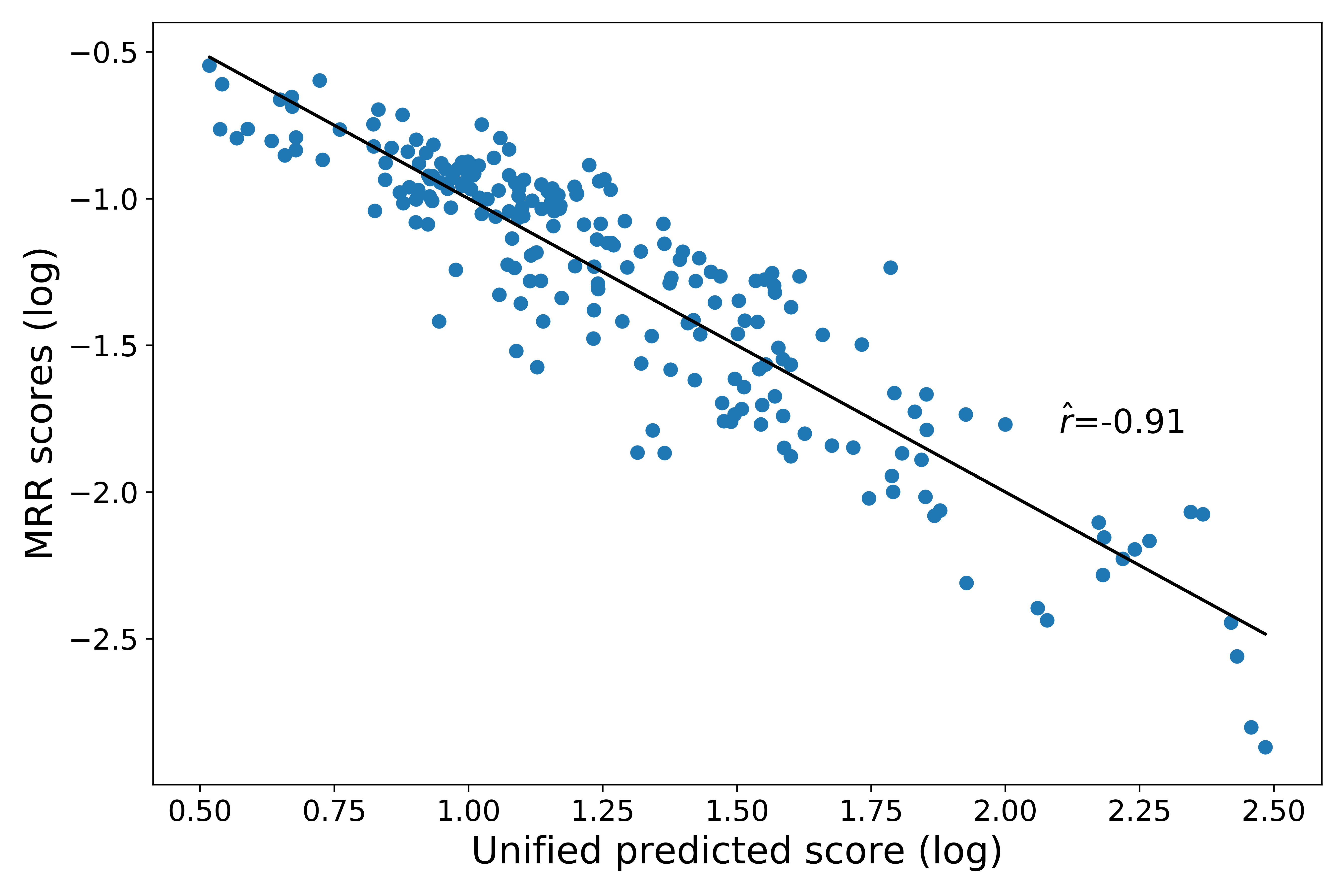LNMap: Departures from Isomorphic Assumption in Bilingual Lexicon Induction Through Non-Linear Mapping in Latent Space
Tasnim Mohiuddin, M Saiful Bari, Shafiq Joty
Machine Translation and Multilinguality Long Paper

You can open the pre-recorded video in a separate window.
Abstract:
Most of the successful and predominant methods for Bilingual Lexicon Induction (BLI) are mapping-based, where a linear mapping function is learned with the assumption that the word embedding spaces of different languages exhibit similar geometric structures (i.e. approximately isomorphic). However, several recent studies have criticized this simplified assumption showing that it does not hold in general even for closely related languages. In this work, we propose a novel semi-supervised method to learn cross-lingual word embeddings for BLI. Our model is independent of the isomorphic assumption and uses non-linear mapping in the latent space of two independently pre-trained autoencoders. Through extensive experiments on fifteen (15) different language pairs (in both directions) comprising resource-rich and low-resource languages from two different datasets, we demonstrate that our method outperforms existing models by a good margin. Ablation studies show the importance of different model components and the necessity of non-linear mapping.
NOTE: Video may display a random order of authors.
Correct author list is at the top of this page.
Connected Papers in EMNLP2020
Similar Papers
The Secret is in the Spectra: Predicting Cross-lingual Task Performance with Spectral Similarity Measures
Haim Dubossarsky, Ivan Vulić, Roi Reichart, Anna Korhonen,

Semi-Supervised Bilingual Lexicon Induction with Two-way Interaction
Xu Zhao, Zihao Wang, Hao Wu, Yong Zhang,

A Bilingual Generative Transformer for Semantic Sentence Embedding
John Wieting, Graham Neubig, Taylor Berg-Kirkpatrick,

Reusing a Pretrained Language Model on Languages with Limited Corpora for Unsupervised NMT
Alexandra Chronopoulou, Dario Stojanovski, Alexander Fraser,
